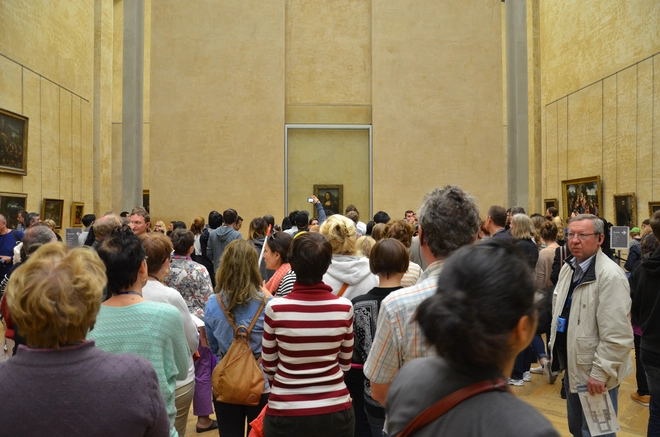
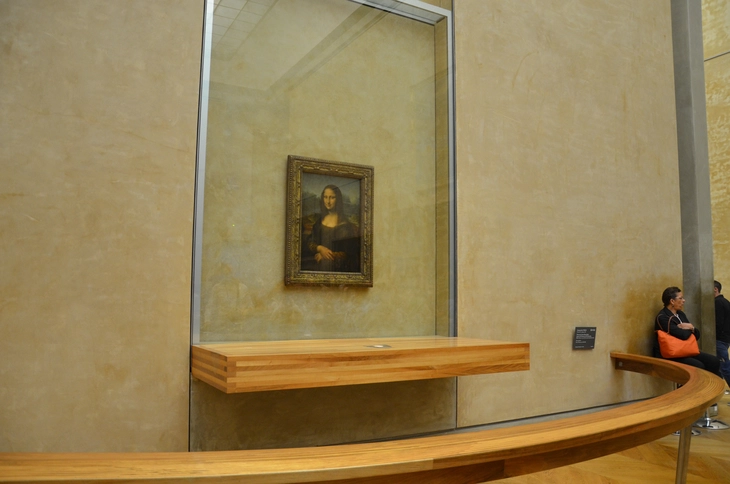
Mona Lisa on display at the Louvre Museum, Paris - Photo: HUONG DUYEN
Speaking with Tuoi Tre Online , Dr. Nguyen Hoang Huong Duyen, currently working at the Da Nang Museum of Cham Sculpture, said that security is always a top priority in museums around the world .
Various forms of security checks
Many major museums require visitors to undergo security checks before officially entering the exhibition space.
The British Museum in London is an example. When entering this museum, visitors must first send their backpacks, handbags, luggage, etc. through a scanner for inspection. Or security staff will ask visitors to open their bags for inspection.
"Guests must go through security checks. Then they get their backpacks, bags... and move to the display area inside. In case the luggage exceeds the specified size, it must be stored in the luggage room" - Ms. Duyen shared.
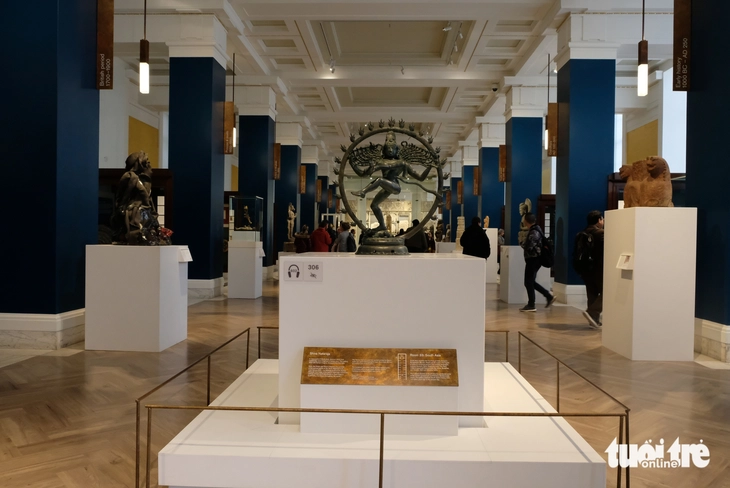
Display of the Dancing Shiva statue at the British Museum, London - Photo: HUONG DUYEN
Having spent time as a graduate student abroad and visited many museums around the world, Ms. Duyen said that some museums also require all visitors not to bring backpacks or handbags into the exhibition space, except for cameras, phones, or small personal belongings such as wallets...
After checking in your luggage, each guest will receive a small plastic bag to hold the above personal items and carry them with them during the tour.
Both of these measures are intended to ensure that visitors do not bring prohibited items, food, drinks, flammable items, weapons or oversized luggage into the exhibition space, ensuring museum security and the safety of artifacts.
In every museum, in the galleries, there are always security personnel on duty next to directional signs, surveillance cameras and electronic sensor systems to alert in case of tampering with artifacts.
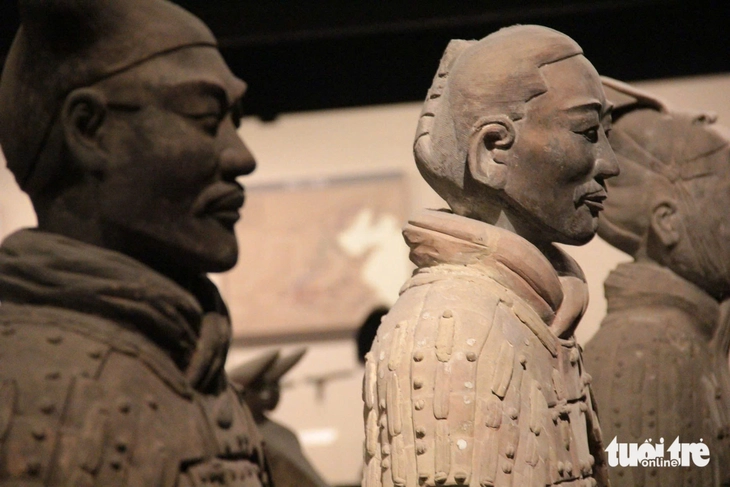
The Terracotta Army of Qin Shi Huang on display at the Shaanxi Provincial Museum, China, is protected by glass - Photo: TRUONG TRUNG
For different collections of artifacts, the forms of protection are also diverse, depending on the material, size, and rarity of each artifact.
Small artifacts made from metal, gemstones, ceramics, glass, scriptures, etc. are mostly protected in tempered glass cabinets to avoid being touched, handled, or stolen.
Large artifacts made of stone or wood can be displayed openly, placed on pedestals, with straps or ropes separating them, signs, etc. to limit visitors from touching the artifacts.
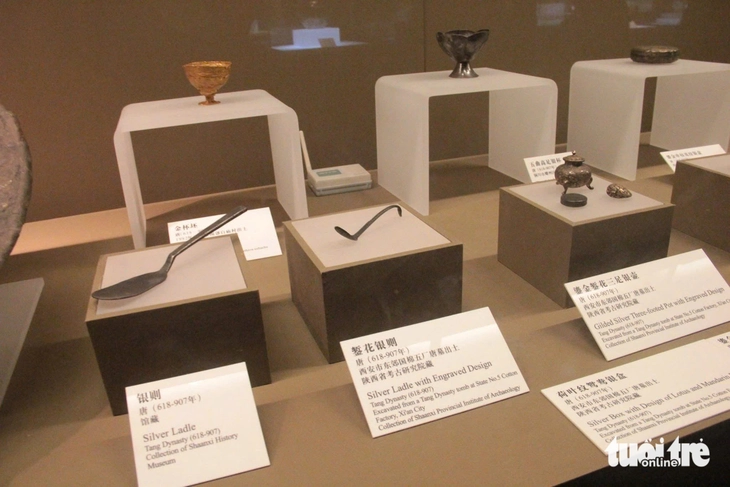
A small, hundreds-year-old artifact at the Shaanxi Provincial Museum, China, is protected by glass - Photo: TRUONG TRUNG
The focal point is protected by multiple layers.
According to Ms. Duyen, most of the focal points of each gallery are protected at the highest level that many places in the world, including Vietnam, apply. Specifically, precious statues are often placed in the center of the gallery, and have many forms of strict protection.
For example, the bronze Dancing Shiva from India is now displayed on a raised platform, protected on all four sides by metal bars, in the centre of the British Museum's South Asian Art Department.
There are cases where the central artifact is displayed in a tempered glass case, with temperature and humidity control devices inside, such as the famous Mona Lisa painting at the Louvre Museum.
This masterpiece is housed inside a glass frame against the wall, and is fronted by protective wooden straps.
Some museums choose to paint lines on the floor, visitors observe to avoid stepping over the line. If they accidentally step over the line, security guards will remind them or sensors will send out an alarm signal.
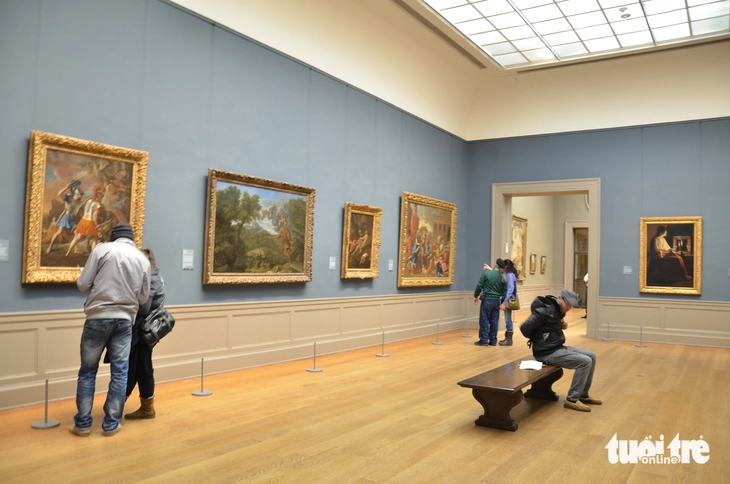
A painting gallery at the Metropolitan Museum of Art, New York - Photo: HUONG DUYEN
There are also museums that set up sensors in the picture frames. If a visitor touches the picture, the device will sound an alarm.
"Some museums apply a timed ticket policy for thematic exhibitions. The purpose is to give visitors the best visiting experience, but at the same time it also helps the museum control the number of visitors, and ensure the safety of the artifacts.
There are many measures to protect artifacts in museums. However, in my opinion, besides the above measures, human awareness is also extremely important," said Ms. Duyen.
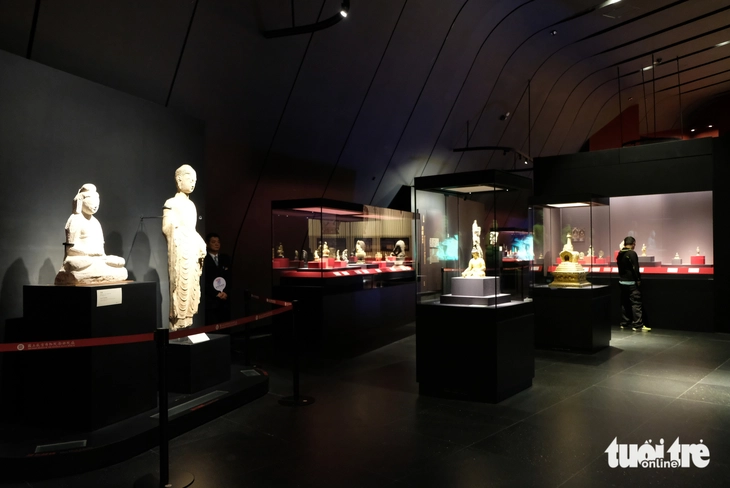
Buddhist art gallery at the National Palace Museum, Taiwan - Photo: HUONG DUYEN
Professionalize the team of artifact protection
According to Cham culture expert Le Tri Cong, in addition to forms of protecting artifacts such as creating a mechanical barrier (rope, barrie) and electronic (sensor, warning system), handling situations at the scene is also important.
Professionalizing the security team, making sure they are young, healthy, well-trained, have training in handling situations, and are equipped with support tools, also needs attention in places with especially important artifacts such as national treasures.
Source: https://tuoitre.vn/ngai-vang-trieu-nguyen-bi-be-gay-the-gioi-bao-ve-nang-mona-lisa-ra-sao-20250529163534758.htm




![[Photo] Launching ceremony and drawing of pairs for the "9th TIM CUP Highland Charity Football Tournament"](https://vphoto.vietnam.vn/thumb/1200x675/vietnam/resource/IMAGE/2025/5/31/a4c145af5d1e48c5b48c95116d41a73c)
![[Photo] Prime Minister Pham Minh Chinh attends the opening ceremony of the National Law Portal](https://vphoto.vietnam.vn/thumb/1200x675/vietnam/resource/IMAGE/2025/5/31/f02ed6288a4340bdb4adf1b2149b9614)



















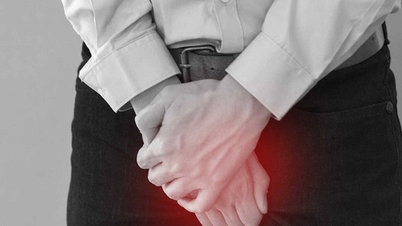


![[Photo] General Secretary To Lam receives Chief of the Central Office of the Lao People's Revolutionary Party](https://vphoto.vietnam.vn/thumb/1200x675/vietnam/resource/IMAGE/2025/5/30/140435f4b39d4599a3d17975dfb444c5)








































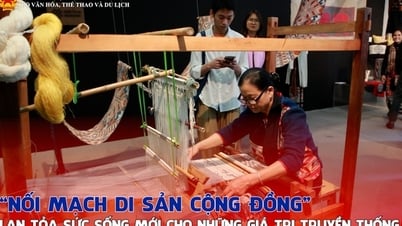


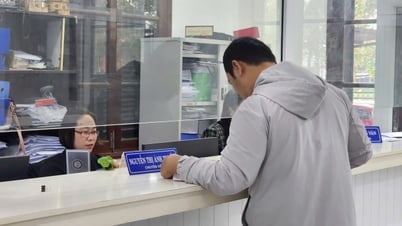

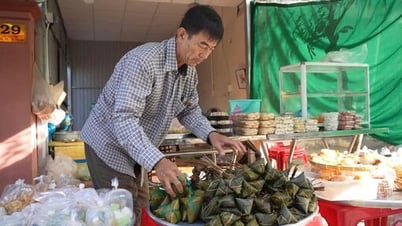






















Comment (0)